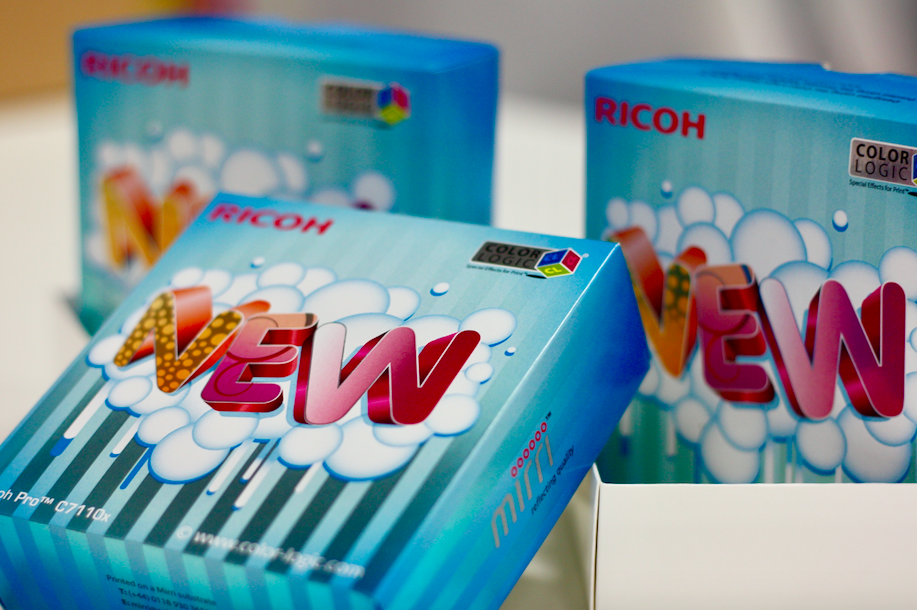01 Jul Why digital printing will complement – not kill – offset printing
The rise of customisation and short-run jobs has contributed to the success of digital printing, but offset is still great for long-run jobs with static assets. And the two combined are a perfect combo.
As the printing industry continues its evolution into the digital age – some might say reinvention – one dependable constant is that there will always be ample discussion around market trends and predictions for the future. And it’s easy to see why.
Who wouldn’t want to know which innovations will emerge to make our working lives easier, performances better and the companies we represent more successful?
Some visions of the future say that the safest bets are usually developments of existing technology. Others, meanwhile, are almost the stuff of science fiction. That’s not to say the latter doesn’t happen from time to time. Twenty years ago few of us would have imagined we would one day be paying for things through a mobile phone.
More often than not a new piece of technology renders its predecessor obsolete – a natural outcome of our relentless pursuit for faster, more powerful and advanced tools to get the job done. Nostalgia aside, surely there aren’t many of us who miss the limitations of the typewriter, floppy disk or dial-up modem?
But it’s worth remembering that video didn’t kill radio – just as digital printing won’t kill offset.
[adrotate banner=”5″]
Digital and offset should complement one another, not compete
The fact is digital printing is thriving across a range of media. What’s more, it is complementing offset.
From advertising to labels to magazines, insight from Heidelberg reveals that digital printing is set to continue its growth across all applications up to and beyond 2020.
The process has certainly come a long way since its inception in the early 1990s.
There was a time when, to some people, digital printing meant negotiating on quality. That’s simply not the case today. With traditional plates and film redundant, digital printing offers a quicker route to job delivery.

It also allows businesses to save money by only printing the exact quantity required. Perhaps the biggest advantage of digital is that data can be easily stored and updated, allowing changes to be made as needed, thus reducing the scope for waste.
But while compelling, the benefits of digital actually highlight the significant value of offset printing which will remain ideal for long-run jobs with static content. The combination of digital and offset enable print service providers to become one-stop shops.
Today, print service providers are more concerned about how they adopt digital printing as effectively as possible. But in addition to integration, the obstacle of future-proofing major investment decisions such as a new digital print production system can prove difficult to overcome. Here, expert insight is the answer.
Print customers want partners who can add value
To be a master of the digital print and communications environment, businesses want partners who understand the full set of complexities and challenges customers face. They rightly expect more than great hardware and software solutions that facilitate fast turnaround printing of the highest quality. They expect to receive a personalised service and expert insight with recommendations that fuel their future growth and success.
The trick is to harness the power of digital print, data and innovative new technologies for multichannel production and communications environments. This allows print service providers to transform, optimise and expand their business. Key to this is connectivity across platforms and technologies, including the cloud, digital and offset-based systems.
Pick the right solution for your customers
If you’re trying to decide which print solutions are best placed to help you deliver an outstanding service for your customers, download our buyer’s guide. Inside you’ll find advice on:
- Impress customers with new and creative print services
- Engage and tie in customers with a personalised webshop
- Offer clients virtual stock with facility for last-minute personalisation
- Increase capacity by introducing more productive technology
- Reduce unit costs by consolidating volume on cost-effective technology
- Streamline production processes by automating workflows
Click here to get your free copy.



